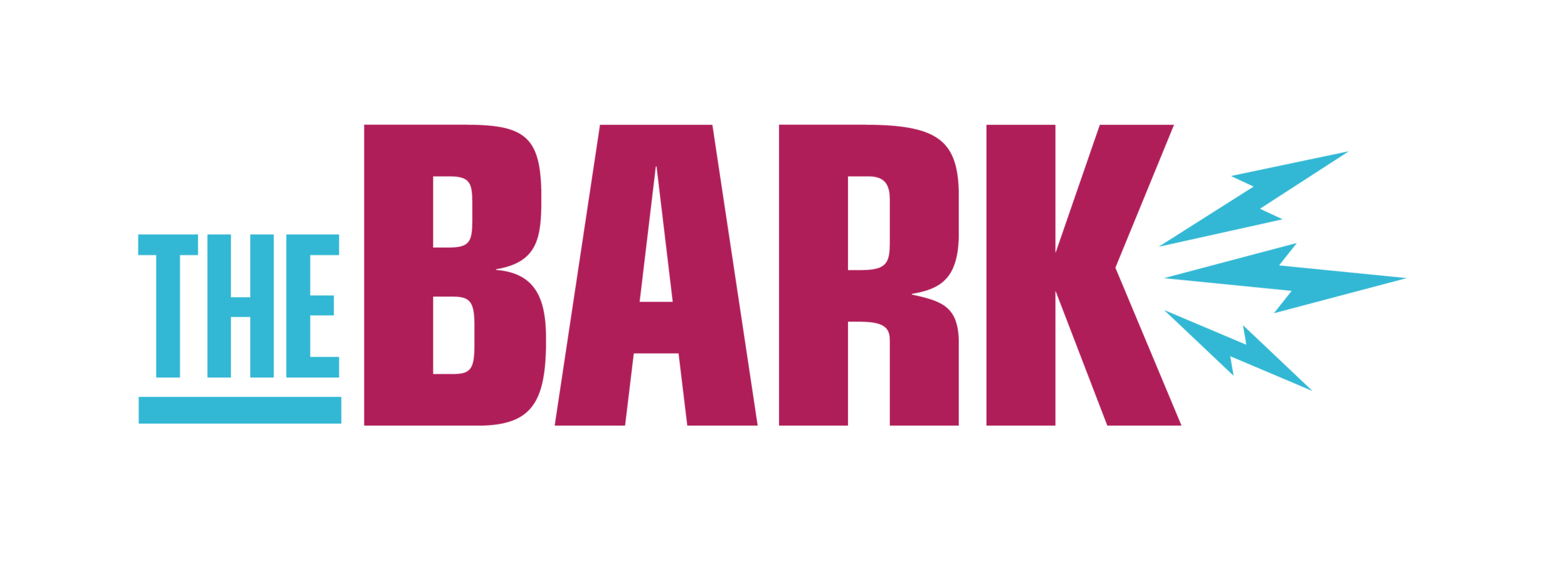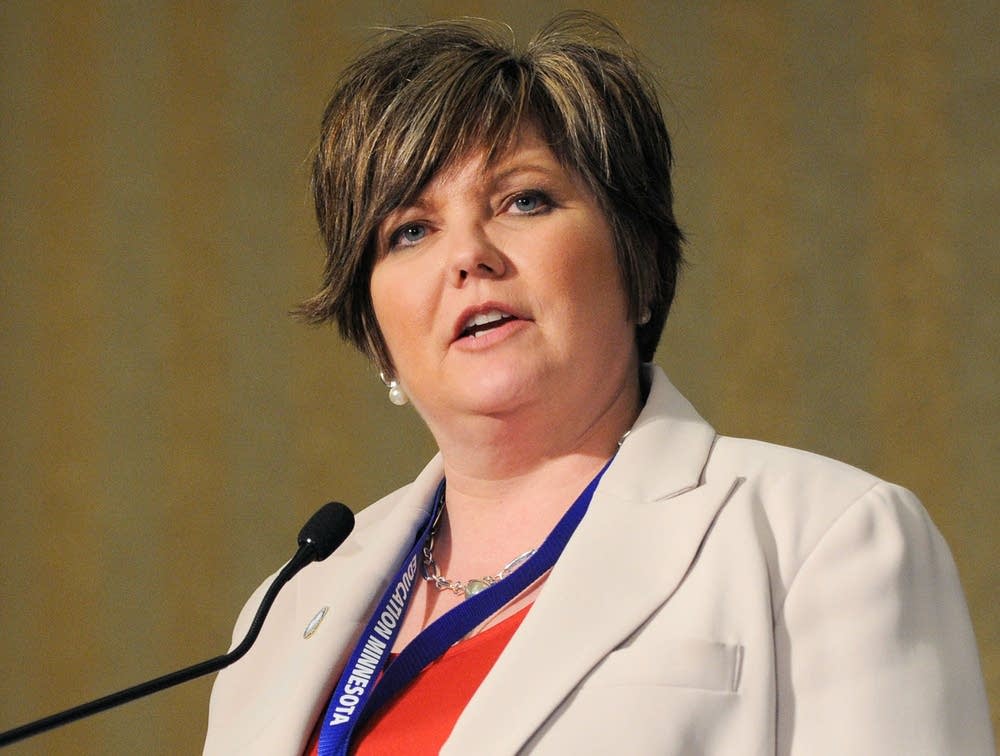Walz’s Budget Aims for Education
Illustration by Jake Barnard
On Feb. 19, Governor Tim Walz announced his biennium budget proposal. Included in the proposal is a $523 million increase in the current education budget.
This came four days after, Denise Specht, the president of Education Minnesota, and a group of teachers and social workers from Minnesota schools had a press conference on Feb. 15, 2019. There they called on Walz and members of the senate and house to fully fund public E-12 education.
Denise Specht. Photo courtesy of Education Minnesota.
“[Walz’s] E-12 budget reduces the funding gap and increases the state's investment into our schools faster than inflation and it closes gaps in special education funding,” Specht said. “However, we believe it needs to push a little bit harder. It does raise revenue but we know it will take more to fully fund our schools across the state.”
Education Minnesota predicted the cost of Walz’ plan to fully fund education lies between $3.70 billion and $4.33 billion over the next two years. Additionally, Education Minnesota found it will cost $1.5 billion to fully fund special education, another of Walz goals. Walz’s proposal offered $77 million for special education.
“Special education is underfunded because the federal government isn't paying their fair share and the state needs to as well,” Specht said. “Right now special education is being underfunded by roughly $800 million a year. We have to close that gap.”
Walz proposes to generate more revenue by increasing the state’s tax on gas by 20 cents a gallon, a 70 percent increase from the current tax. He also plans to introduce heavier taxes on the wealthiest Minnesotans and corporations.
“We’re trying to remind people that there is money to fully fund our schools but we have to figure out what our priorities are,” Specht said. “You have corporations like Amazon who are paying nothing in federal taxes but profiting billions of dollars a year. These corporations are not paying their fair share.”
Some have taken issue with Walz's education plan. Senate majority leader Paul Gazelka called the proposal a “disaster” and disapproved of the 70 percent increase in gas tax.
“I hope there is no denying, from Governor Walz opponents that it cost money to fully fund our schools,” Specht said. “It costs money to hire art and music teachers. It costs money to lower class sizes.”
The added money towards education would be spent on lowering class sizes, ensuring art and physical education are taught, technology for learning, and more. Education Minnesota has goals they would like to see happen as well, such as affordable health care for educators, hiring more counselors, and an increase in salaries for educators.
Some of these problems are apparent in Duluth public schools. Bernadette Burnham, the president of the Duluth Federation of Teachers, has seen problems becoming more severe in the last 15 years.
“If you talk to our teachers today they will tell you there are so many things that they are tasked with,”Burnham said. “It has become increasingly hard to stay above of their responsibilities. The challenges of educating students and the challenges and needs of our families have gotten much greater.”
Teachers coming out of college with debt. Right now a starting teacher in Duluth Public Schools makes $37,000 with benefits, but that may not be enough to pay off student loans and to start a family.
These challenges lead Megan Blaszkowski, President of Education Minnesota Aspiring Educators, to a feeling of disappointment.
“It breaks my heart to know that I may not be able to give my students what they need because of the lack of funding,” Blaszkowski said. “Teachers are shaping the young people of the next generation. That is a huge responsibility. We are teaching them how to communicate and regulate their emotions.”
Blaszkowski’s goal is to teach special education and help students with emotional and behavioral disorders. She has seen the lack of funding for special education services at schools where she student teaches. Additionally, she has taken note of the large class sizes in kindergarten, sometimes one teacher to 29 students.
“A teacher can not support the learning of 29 students in a single school day let alone a full year,” Blaszkowski said. “Teachers will try their very best, but it really can not be done.”
“Teachers having to use their own money to get supplies/other important materials for learning, parents getting frustrated about the high student to teacher ratios, teachers inability to provide the appropriate individualized learning and developmental support for every child.”
Walz’s proposal will be debated and restructured by the Minnesota Legislature. They will then send a compromise budget to governor Walz where he can accept parts of the compromise budget or veto it completely. A new biennium budget must be planned by June 30, 2019.
For more on the Minnesota budget process watch this video.


